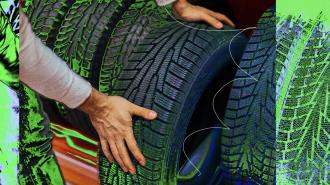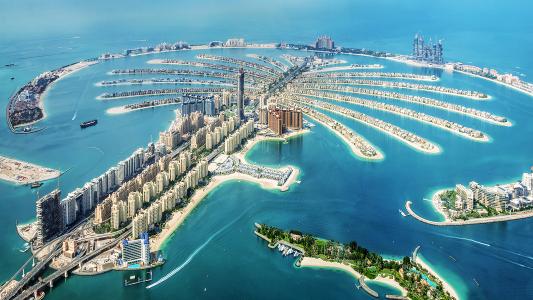Goodyear rolled into this year’s CES trade show with a new entry in their quest for sustainability: a tire built from 17 different ingredients that it claims is made from 90% sustainable materials.
The tire comes a year after the introduction of their 70% sustainable version, which is set to begin production this year, Autocar reported.
While designed for both internal combustion and electric vehicles, they may be especially suited to the latter, Erin Spring, senior director of global materials science at Goodyear, told Electric Autonomy Canada (EAC).
“The tire was made for passenger vehicles — whether combustion engine or electric,” Spring said, according to EAC. “One piece of this tire that we’re finding is that … it has less rolling resistance. This makes it more energy efficient and useful for electric vehicles.”
The tires are made from 90% sustainable materials, from a variety of recycled and repurposed sources.
According to Spring, internal testing thus far has shown the 90% sustainable tire performs as well as conventional tires. Although developed as a demonstration tire, Goodyear says it has “passed all applicable regulatory testing,” as well as the company’s internal battery, making it technically approved for road use.
A variety of recycled and repurposed materials are used to make the tires, which are — as Autocar puts it — “ferociously complex” pieces of equipment, even before you try to make them as sustainable as possible.
Carbon black is the ingredient that reinforces tire compounds and extends their life. Typically, carbon black is made by burning petroleum products. To replace these, Goodyear is using four different other sources: methane, carbon dioxide, plant-based oil, and an oil from recycled tires.
To keep the rubber pliable across temperatures, the tire uses soybean oil, while the petroleum-based resins that improve traction are replaced with resins from pine trees.
Recycled water bottles provide the polyester, while the steel components use steel with highly recycled content and produced by electric arc furnaces — steel production being a very carbon-intensive process otherwise.
The tires, which are not on the market yet, look to be more energy efficient, making them optimal for EVs.
Most tires use silica to improve grip and reduce fuel consumption. The sustainable silica in the new tires comes from rice.
“We’ve used silica as a reinforcement in our tires for several years. Now we are able to get silica from rice husk ash,” Spring told Electric Autonomy Canada. “We work with a supplier in China that produces rice. They have to take the husk off the rice and it gets turned into ash that, previously, was a waste product.”
There’s still work to be done before the rubber can (literally) hit the road; the company will need to do further work with suppliers to ensure they can scale properly for production.
We’d love to hear from you! If you have a comment about this article or if you have a tip for a future Freethink story, please email us at [email protected].






